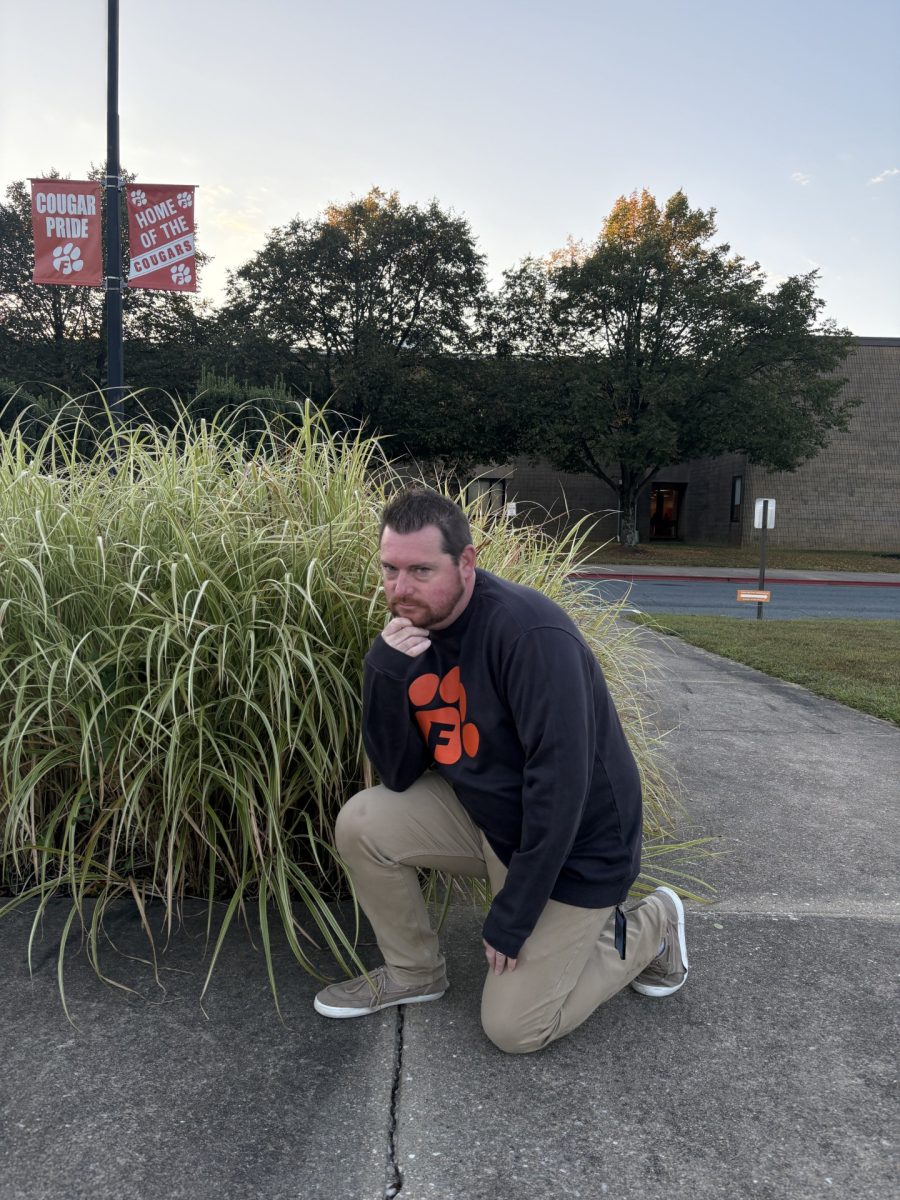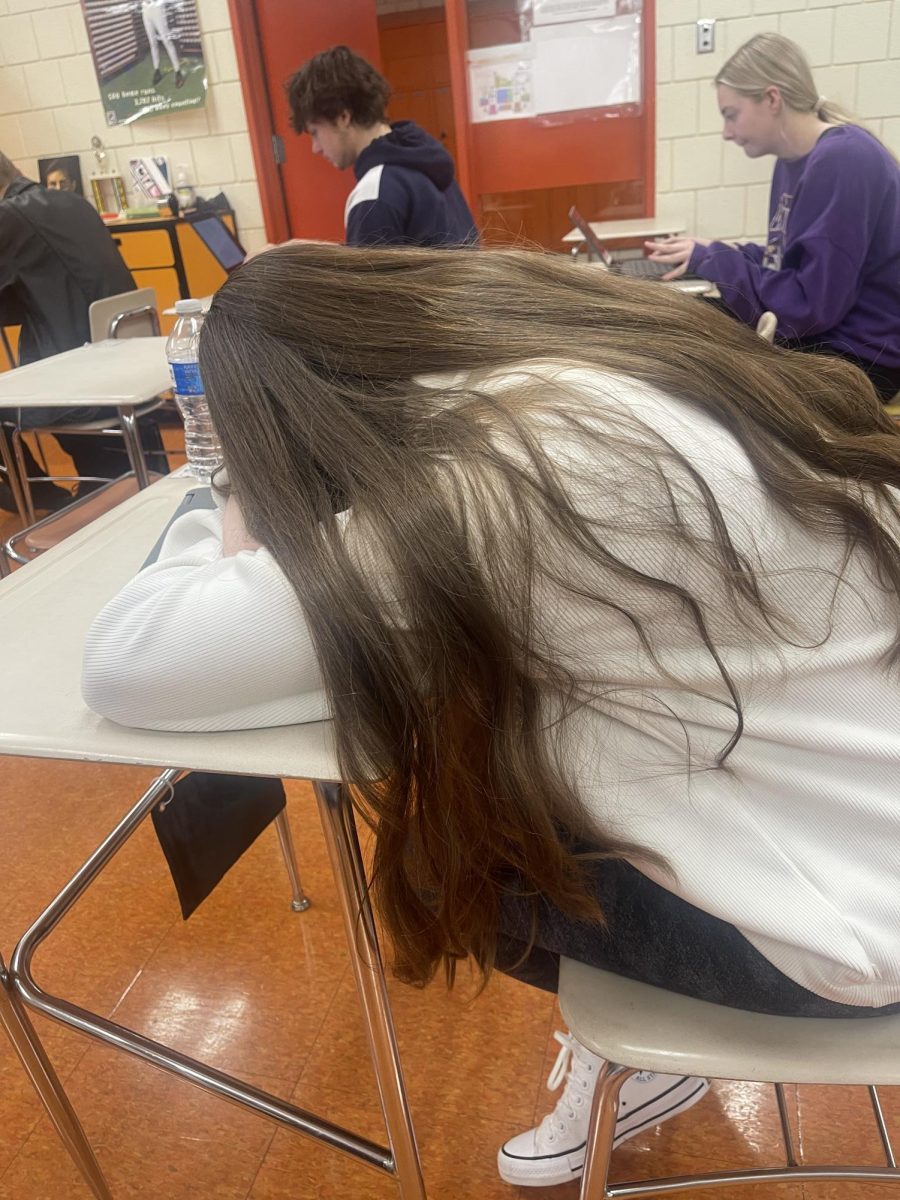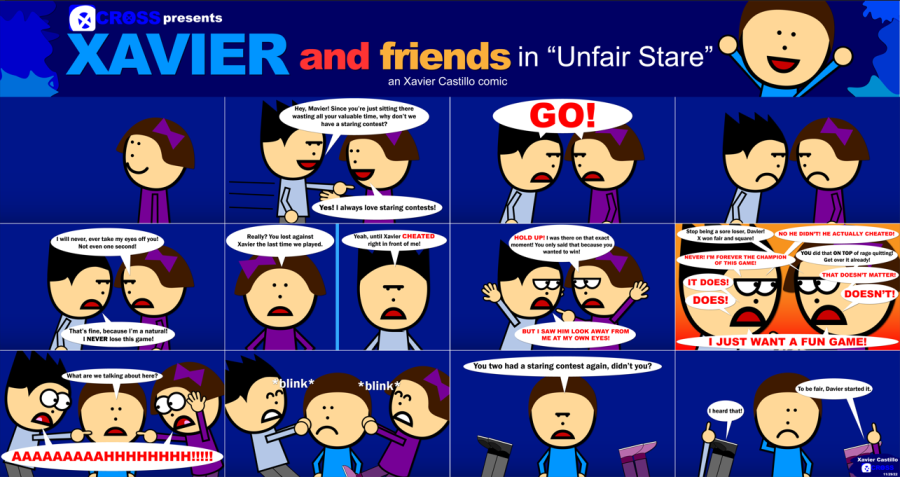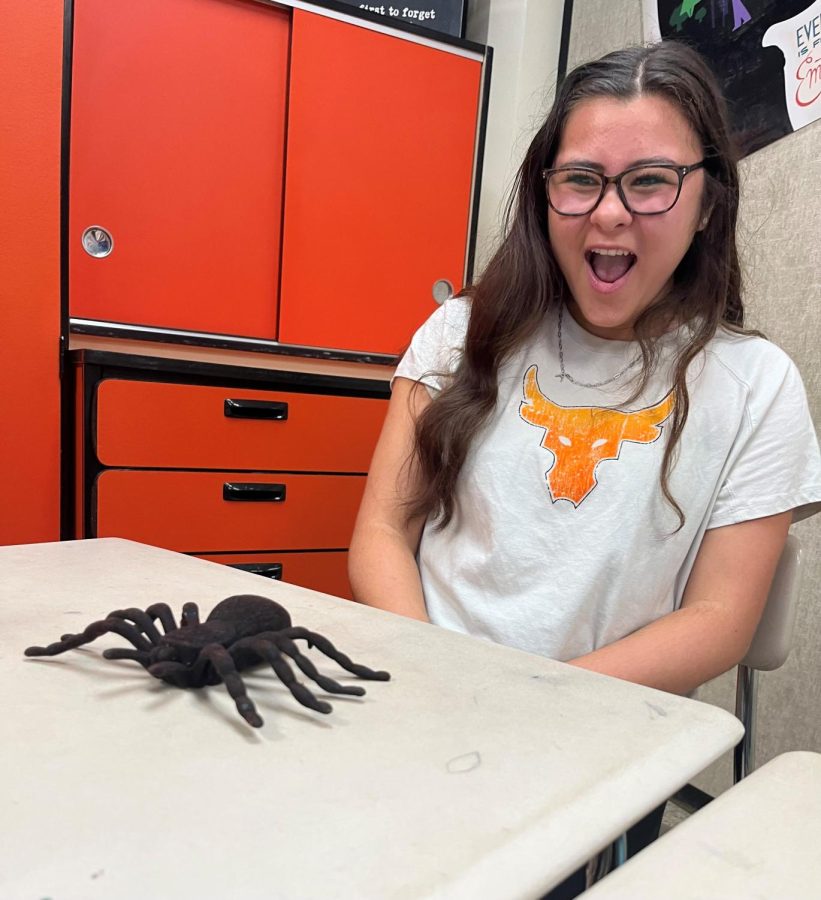How phobias come to be
December 13, 2022
Phobias, which are anxiety disorders, are specific fears of something. Some phobias you may have heard of include claustrophobia, arachnophobia, hypochondria, or tropophobia. But how does this fear start? How does this fear develop and become a real problem for people?
A misconception is that fear is a phobia, or a fear and phobia are the same thing. Fear is something that scares you when you’re in danger, and a phobia is something that makes you afraid even when there is no danger.
Fears can be classified or become a phobia when it hinders someone’s life. It becomes something that the person struggles with in their everyday life and causes the person to, in some cases, isolate themselves.
Genetics may increase the likelihood of getting a phobia, but that is not a decisive factor. Furthermore, it’s unknown to what degree a person is born with a phobia or it develops later in life. Something that was once not a problem can start to become something that causes feelings of anxiety or panic attacks. Sometimes, that is not the case though. It can be triggered by different things. Phobias can be something that will go away over time; however, there are people who will live with their phobia forever.
Megan Watts has thalassotherapy which is a fear of a large body of water. The phobia itself really doesn’t affect her much because she doesn’t come into contact with that deep of water but the thought of it really makes her nervous. She says, “It makes me nervous of what could be in the ocean. So, when I go to the beach I can only ever go where I can’t stand in the water.”
When you are afraid of something, the amygdala alerts the nervous system which causes an increase in heart rate and a struggle to breathe. The amygdala is known for controlling the emotions you experience. Scientific research has shown malfunctions in the amygdala, found in the temporal lobe of the brain, may cause an increase in many phobias.
However, according to the Mayo Clinic, it is more important to focus on treatment and how to fix the avoiding behavior rather than focus on what initially caused the phobia. Treatment may include exposure therapy, but other therapies may be used, or medication may be prescribed.
Phobias, much like PTSD or other anxiety disorders, can cause the person to withdrawal from certain situations. They really can have serious effects on people. It is not something that people can control; It is a severe problem but continues to face judgment from people who do not understand or do not want to understand.



































